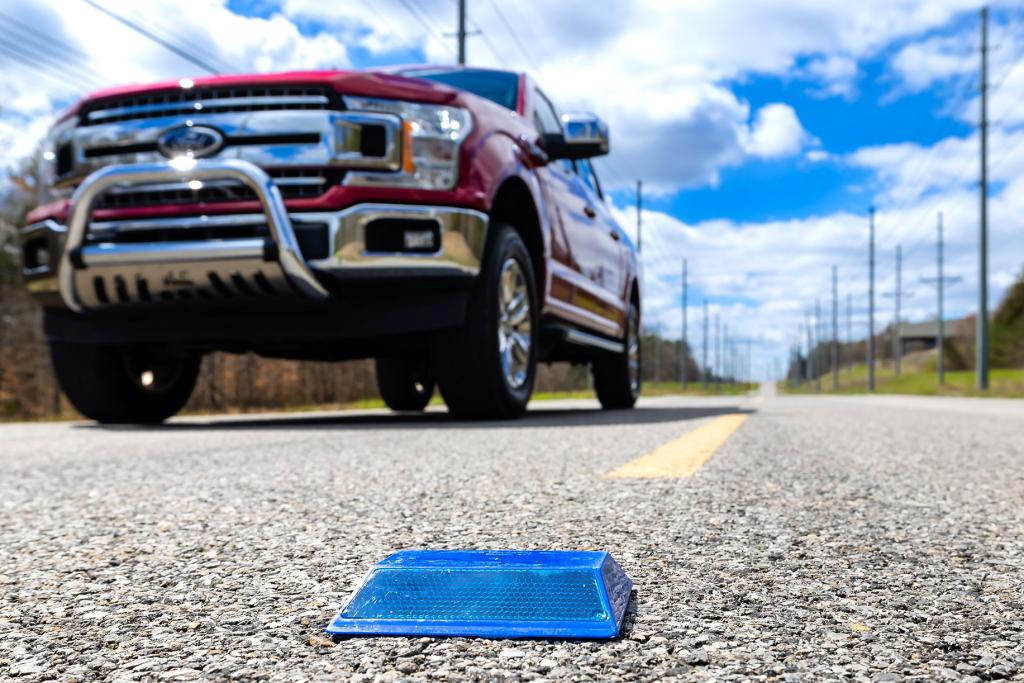Project Details

The Grid Communications and Security Group combines capabilities in sensing and algorithm development to increase the efficiency and range of electric vehicles and the accuracy of automated driving support features. The group offers extensive expertise in evaluating the design and effectiveness of sensors and communications equipment. Researchers are also skilled at creating programs to combine and analyze the resulting data from multiple sources for greater accuracy and, in the long run, greater vehicle safety.
Researchers are developing and integrating control strategies to combine real-time traffic signal timing control and speed control for increased efficiency. ORNL facilities enable live testing of these strategies in the Connected and Automated Vehicles lab at the Department of Energy’s National Transportation Research Center next door.
Infrastructure-based sensing can reduce the drain on electric vehicle batteries by reducing the computation burden for onboard systems. Sensors placed in roadside infrastructure, such as raised pavement markers, can transmit information about drivable road area and road conditions to cars as they pass. This approach has the potential to provide more reliable data to autonomous driving functions (and eventually, self-driving cars) in remote areas or during dangerous weather conditions that interfere with visibility. For example, during a blizzard, GPS sensors equipped with triangulation algorithms could be more effective at finding lane boundaries than traditional vehicle-based camera and radar-based systems.


